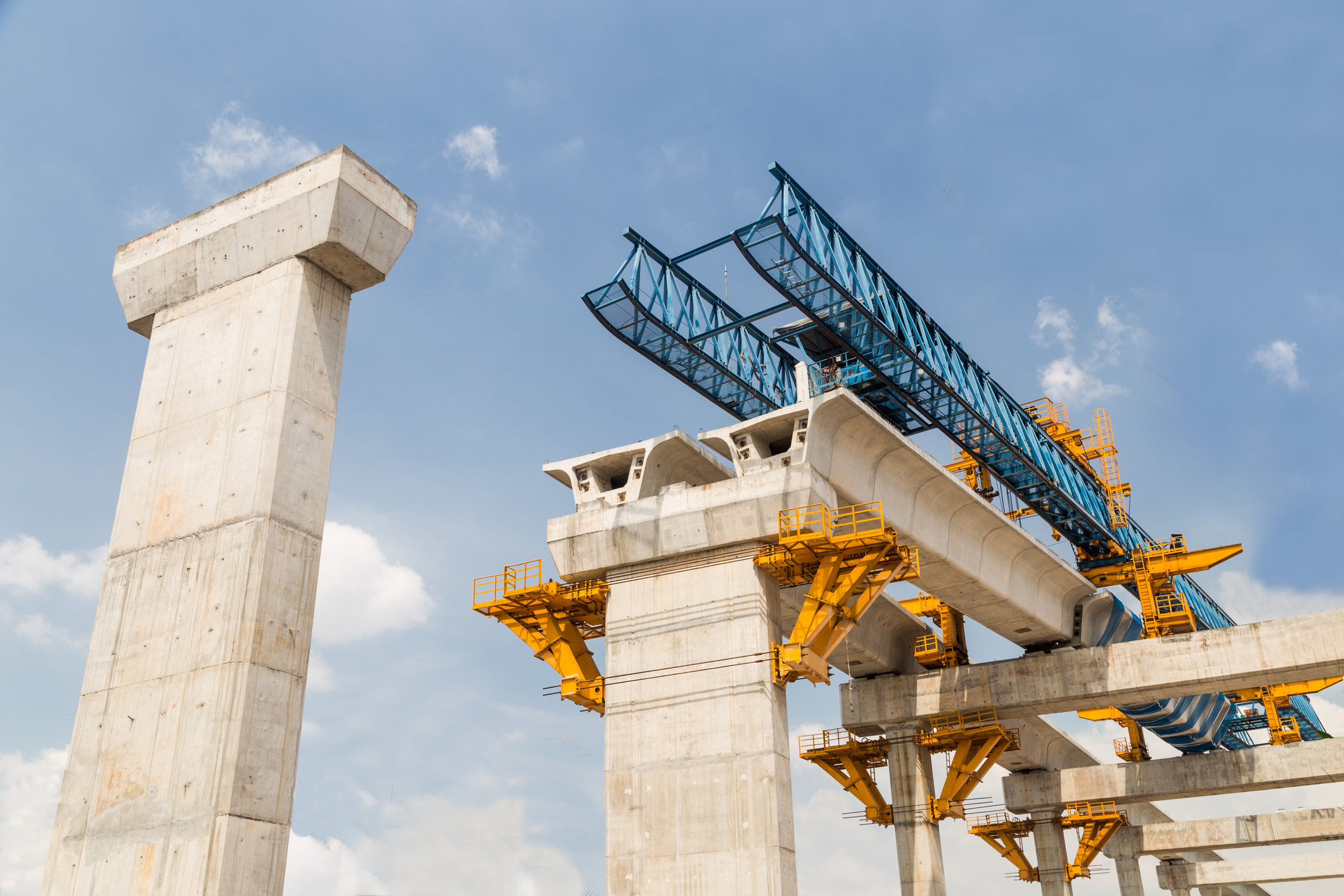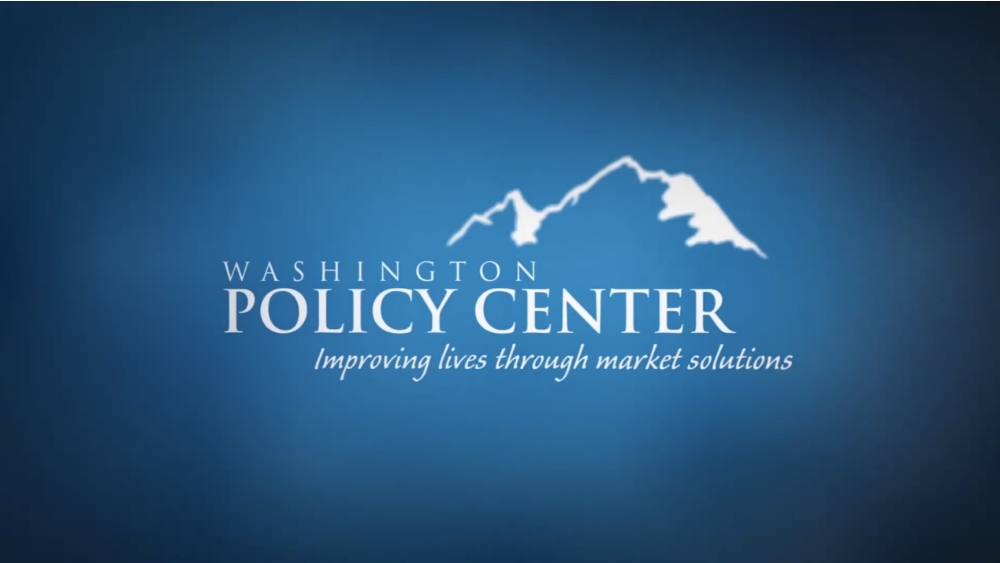The Seattle Mariners and the Port of Seattle recently sent letters to the City of Seattle expressing parking and traffic concerns about locating a new sports arena south of downtown (SODO). The Seattle Times has links to both letters in a recent article here.
This morning, Mariners' President and CEO Chuck Armstrong spoke at a breakfast and KIRO Radio played a segment where he said, (KIRO Radio, about 31 min. mark):
“If the SODO location goes through, we hope that government will build the infrastructure. They’ve talked about off-ramps at Lander. They’ve talked about overpasses over the railroad tracks. They’ve already closed one off-ramp on the West Seattle Bridge, that drop people down to give access to the facility. So let’s just see what happens. If the SODO location goes through, we are certainly happy to work with the folks to make the best of it. But we just want the best for the fans. This is all about the fan experience and what we hear more from our fans than anything else is how hard it can be to get to the ballpark and the traffic jams and the gridlock that we have down there that we have already.”
In a separate interview on KIRO Radio’s the Brock and Salk show, Armstrong went further to describe some of the transportation problems fans experience.
- Edgar Martinez Drive is a choke point.
- The City already restricts Mariners to 6 weekday day-games per season because of traffic issues in SODO.
- City officials have talked about a Lander off-ramp to improve stadium access but it has not been built.
- Officials have already closed one off-ramp on the West Seattle Bridge, further restricting stadium access
- At-grade train crossings cause traffic delays and they need overpasses to improve access.
- Mariners have already lost 3,000 parking spaces since the new stadium opened in 1999 (and city officials will remove many more with construction of the new Viaduct).
The full interview is here (about the 24 min. mark).
For many years, Seattle officials have implemented various anti-car policies that try to force people into using public transit, bikes or just walking. These policies take many forms and they attempt to make driving a car as difficult and expensive as possible. They include not expanding road capacity, replacing auto lanes with bike or transit only restrictions, removing parking spaces, increasing taxes and fees paid by drivers to subsdize other modes, and giving transit vehicles like buses and trains preferential right-of-way.
Even the South Park Bridge remains closed because officials simply will not fund the needed repairs.
Seattle’s discontent with people who drive is also reaching beyond the central city and influencing regional decisions that further reduce mobility and harm the economy. The new 520 bridge does not add any new general purpose lanes, the tunnel replacing the Alaskan Way Viaduct reduces capacity from six lanes to four, and Sound Transit officials plan to remove the reversible center lanes across the I-90 bridge will increase traffic congestion by up to 25% during the peak commute times, according to a state study.
This means the amount of general purpose highway lanes that connect Seattle to the rest of the state will decrease in the next twenty years, despite regional population increases of more than one million new residents.
It is refreshing to finally see a Seattle business call Seattle officials out for their neglect of a core service.


